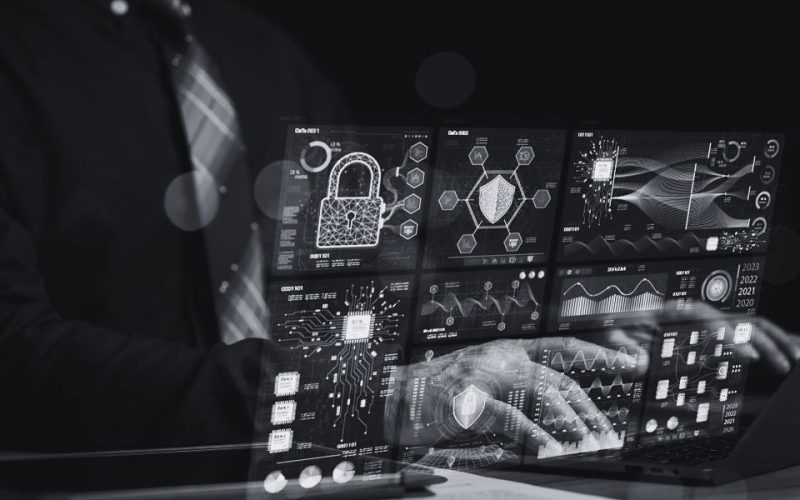At Workplace IT Management, we understand the growing importance of secure remote work environments, especially as businesses continue to embrace hybrid and work from home arrangements going into 2025. With 22.8% of US employees working remotely at least part-time in 2024, or about 35.13 million people, we think this trend will continue to increase as we enter 2025. For this reason, a business needs to ensure that its teams are set up for success at home and at work. With the right tools and strategies, you can keep your business secure and your employees productive, whether in the office or at home. Keep reading to learn the best practices that we recommend to enhance your remote work security going into 2025.
1. Empower Your Team with Multi-Factor Authentication (MFA) and Strong Passwords
One of the simplest and most effective ways to keep your employees and business safe is by requiring multi-factor authentication. MFA adds an extra layer of security by requiring more than just a password to access your company’s systems. Whether it’s a text code or an authentication app, MFA ensures that even if someone gets hold of a password, they can’t get in without additional verification. Pair this with strong password policies—encouraging complex passwords that are regularly updated—and you significantly reduce the chances of unauthorized access. At Workplace, we’ve seen how these two simple steps can make a huge difference for a company when it comes to safeguarding data and boosting employees’ confidence in using a company’s systems securely.
2. Adopt a Zero Trust Approach for Enhanced Security
The zero trust model relies on the logic that every request to access company resources, whether internal or external, is a potential security risk. By using the zero trust framework, you can ensure that no device or user is automatically trusted and that access is only granted after thorough verification. Key components of a zero-trust model include micro-segmentation (dividing your network into smaller, secure segments), continuous verification, and Identity and Access Management (IAM). When you implement this approach correctly, it ensures that only the right people and devices can access your business-critical data, which can go a long way in protecting your company against cyber threats.
3. Secure Remote Connections with VPNs and Encrypted Services
As remote work continues to grow, it’s crucial that employees use secure network connections when accessing company resources instead of their typical home internet connection. By requiring the use of a company-approved VPN, you can ensure that all remote communication is encrypted, preventing unauthorized access to sensitive information. Also, it’s important to make sure that all services used for email, messaging, and file sharing are encrypted. This adds another layer of security, ensuring that communications remain protected as they are sent through the internet.
5. Educate and Empower Your Team with Cybersecurity Best Practices
The last way to keep your work environment secure isn’t just about the tools and technology; it’s also about ensuring that your employees are well-informed and vigilant. At Workplace IT Management, we believe in the power of education. Holding regular training with your employees on the latest cybersecurity threats and best practices helps them recognize phishing attempts, malicious links, and other common cyber threats. Additionally, using a program like KnowBe4 that we offer at Workplace IT Management can help by conducting simulated phishing exercises and allowing your team to identify and report suspicious emails before they fall victim to attacks. With regular training from Knowbe4, you can create a security-conscious culture within your company, allowing your employees to take an active role in protecting your business data.
At Workplace IT Management, we are committed to helping businesses like yours enhance their remote work security. By implementing these best practices, you can build a secure, efficient remote work environment that keeps your data safe and your employees productive. Remote work is here to stay, and with the right security measures in place, your organization will be prepared for 2025 and years to come.
If you’re looking for support in implementing these strategies or need advice on securing your remote work setup, please contact our team. Together, we’ll make sure that your business remains secure while embracing the future of work!




